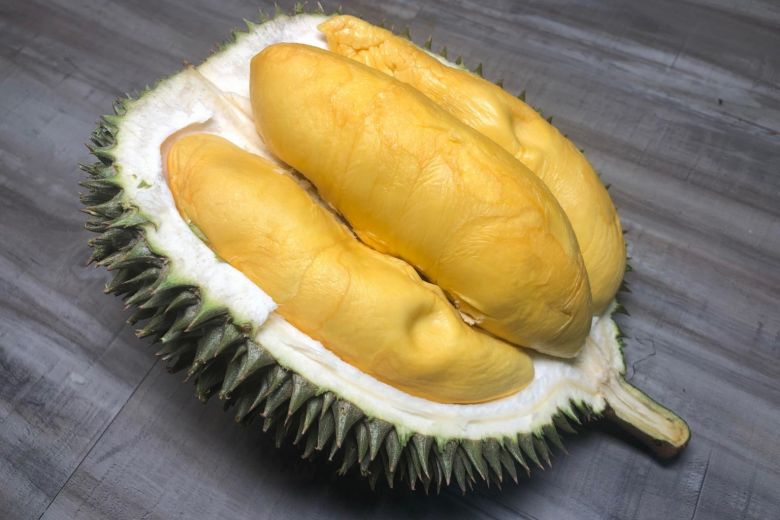Why rising appetite for durian fuels planet-warming emissions
Sign up now: Get ST's newsletters delivered to your inbox

The growing appetite for durians is contributing to climate change, with forests in places like Malaysia being cleared to make way for durian plantations.
ST PHOTO: HEDY KHOO
Follow topic:
Global hunger for staples like rice is fuelling the release of planet-warming emissions, a report released yesterday has shown.
But the growing appetite for other delicacies is also contributing to climate change, with forests in places like Malaysia being cleared for durian plantations.
The Intergovernmental Panel on Climate Change's (IPCC) special report on climate change and land shines the spotlight on how the way humans have been using land is affecting the planet.
Agriculture contributes directly to climate change through rising emissions, for example. The report said that animals such as cows and growing rice cultivation have contributed to the higher concentration of methane. The planet-warming gas is released by animal flatulence and from microbes in flooded paddy fields.
But agriculture also contributes to climate change when forests are cleared to make way for durian plantations, for example.
Ecosystems such as forests function like carbon "banks". They take in carbon dioxide from the atmosphere and convert it into organic carbon that is then stored in roots, vegetation and leaves. But when they are cleared, the land loses its ability to capture and store carbon.
In Malaysia, forests have been cleared for durian plantations to feed growing demand in China, The Star reported last October.
Professor William Chen, who is Nanyang Technological University's Michael Fam Chair Professor and director of its Food Science and Technology Programme, said: "In addition to farming of staple crops like rice, farmers tend to shift to more lucrative plantations, including durian. The competition with traditional crop farming will drive deforestation, contributing to higher greenhouse gas emissions."
Ironically, the destruction of forests for durian plantations could impact yields of the crop. This is because durians cannot self-pollinate and require animal pollinators to help them do so.
But when the forests disappear, so do forest-dwelling animals like the fruit bats - important pollinators of durian, research by Malaysian conservation group Rimba has shown. Rimba's research indicated that fruit bats from the Pteropodidae family are one of the most efficient natural pollinators of durian trees.
However, these animals face many threats. The fruit bats known as flying foxes, for example, are already threatened by hunting, said Rimba.
Further loss of their forest habitats would affect their numbers even more - and reduce their effectiveness in the pollination of durian trees.
Rimba proposes that durian trees be grown in a way that would ensure the survival of pollinator communities. This includes avoiding deforestation by growing trees on previously tended agricultural land instead of forests, and by practising low-impact, organic farming.
Durian lover Lindsay Gasik , who runs the Year of the Durian blog, said: "Without bat pollination, the farmers will need to hand pollinate, which... is almost impossible or very labour-intensive."
She added that durian lovers who care about the environment should support small, boutique farms which keep their old trees and practise pesticide-free farming.
The durian case study exemplifies one of the findings of the IPCC report - that sustainable land management could help reduce the negative impact of climate change and other stressors on ecosystems and human societies.


